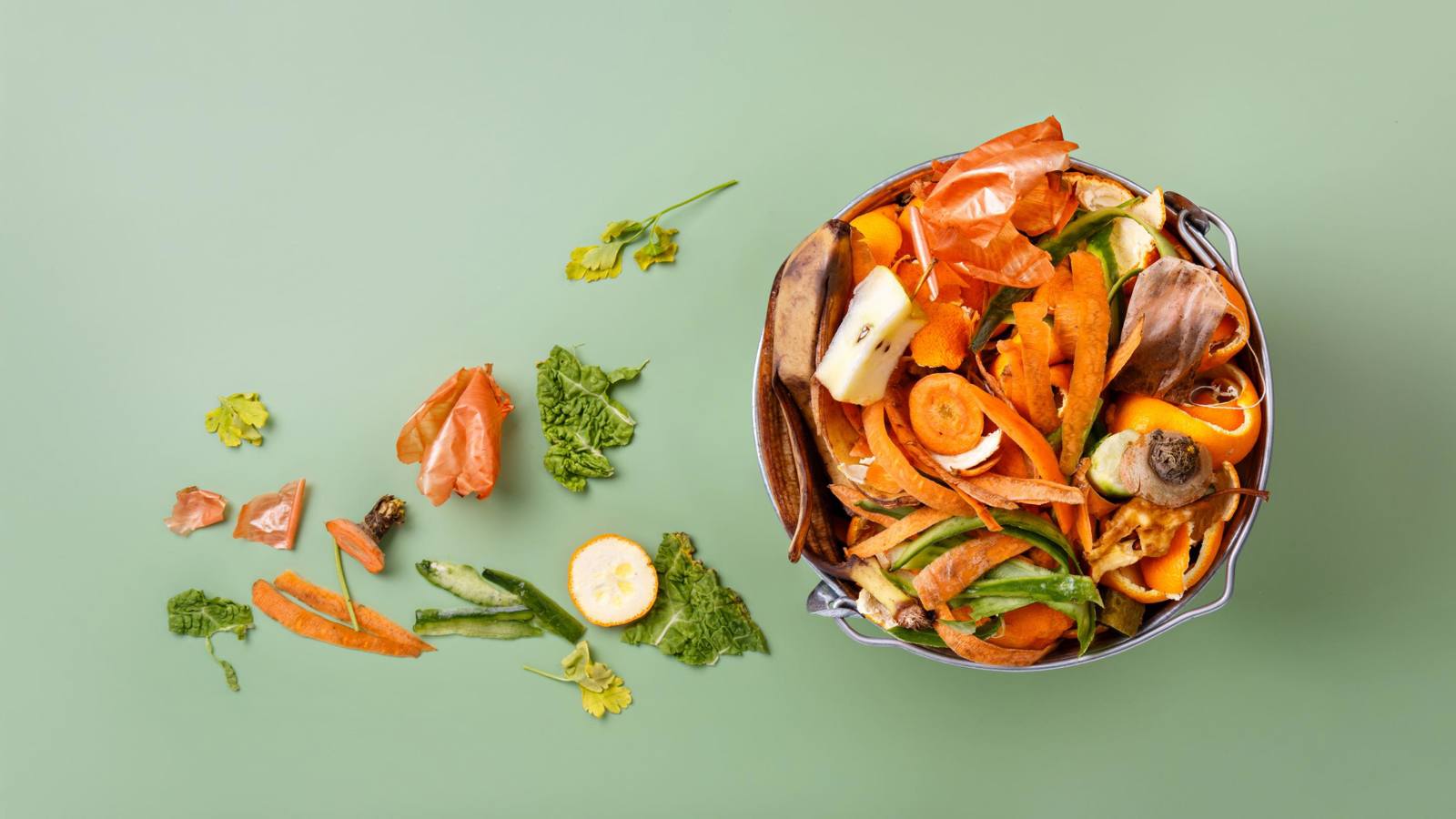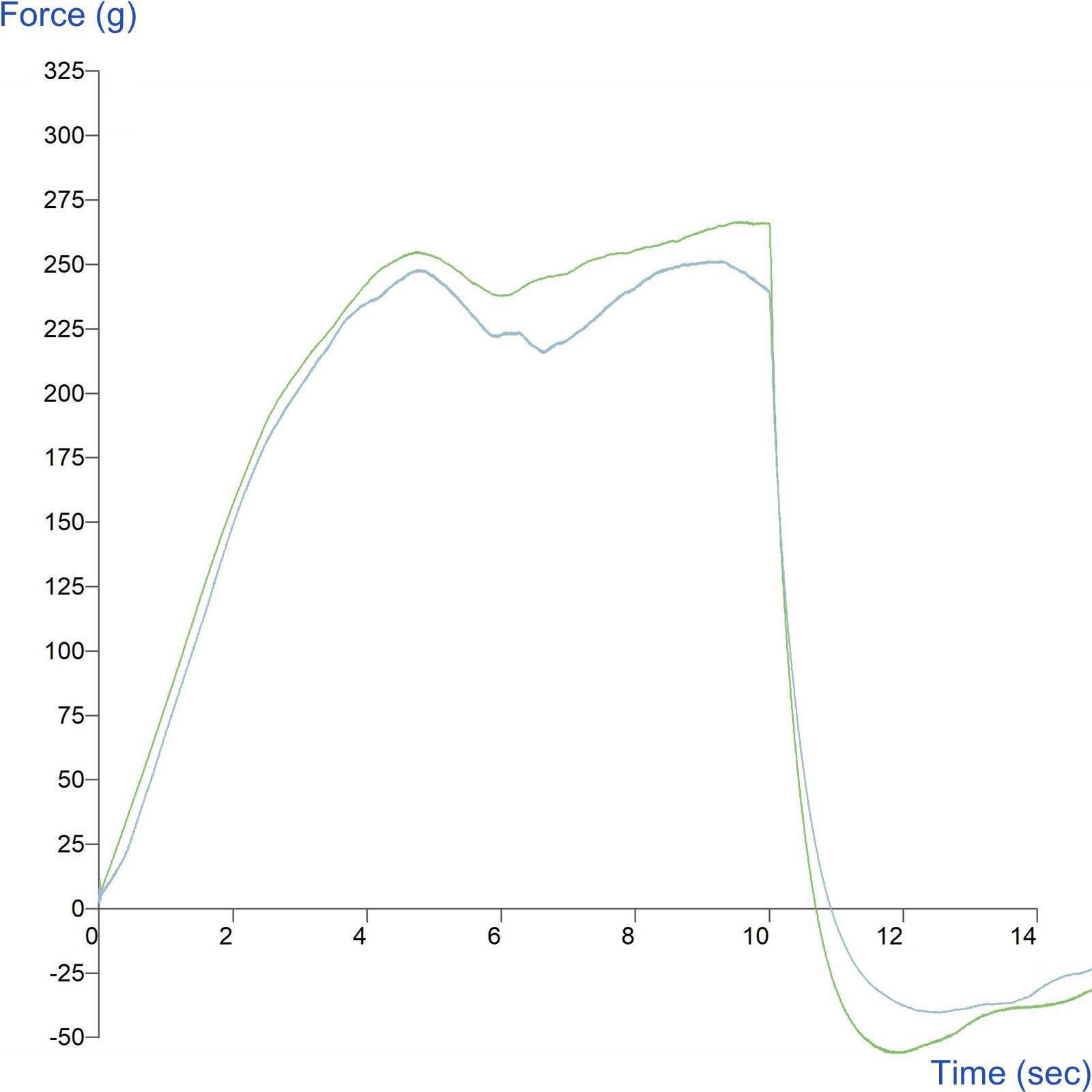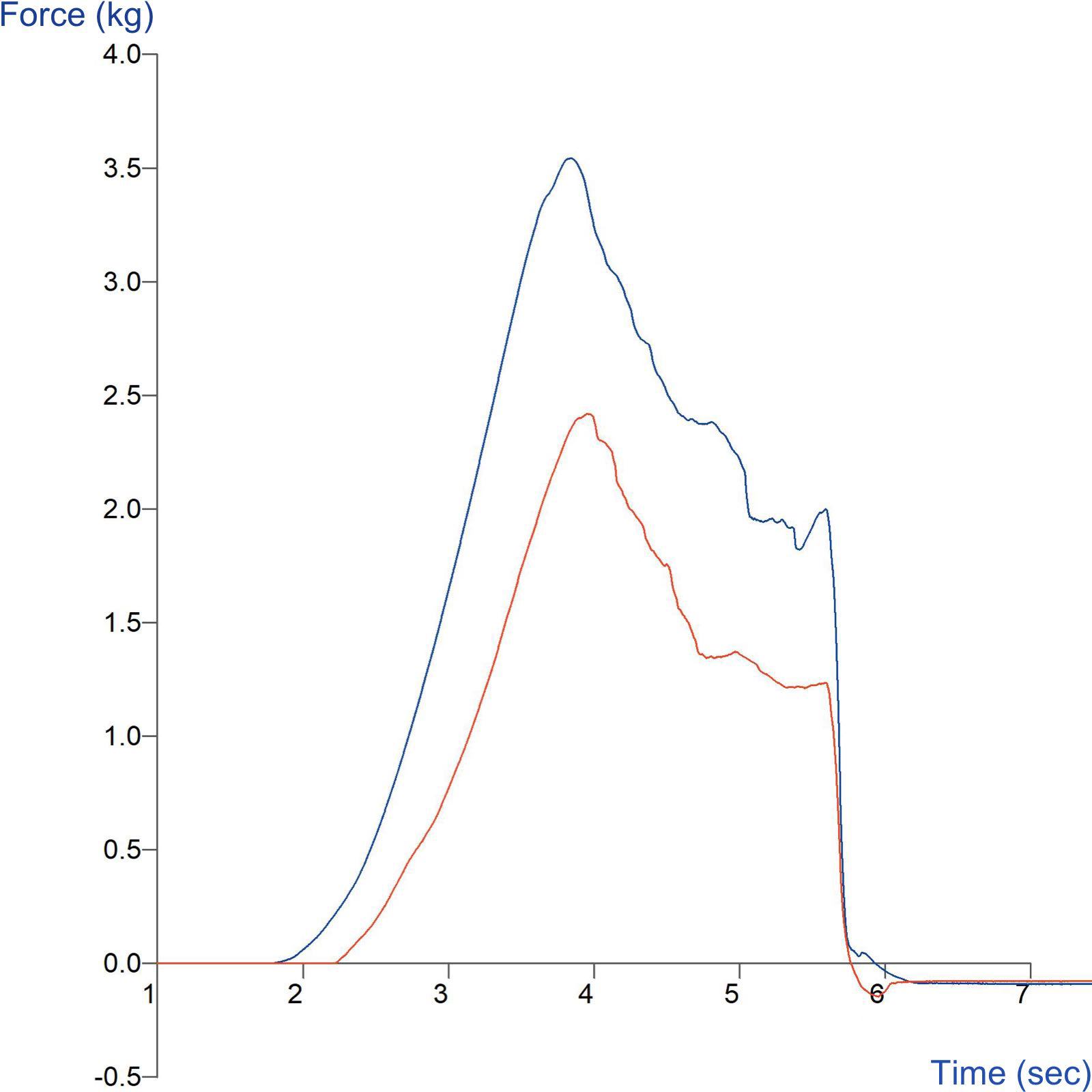
Texture analysis and the use of upcycled ingredients

Upcycled food ingredients are gaining popularity as both businesses and consumers are becoming more environmentally conscious and seeking ways to reduce food waste. Product developers and manufacturers are also looking not only to find smart ways of reducing costs, in the acquisition of unwanted ingredients that would otherwise go to landfill, but in marketing products using upcycled ingredients they have the advertising opportunity to align with consumers looking to purchase more sustainable products.
Developing new products or reformulating existing products to contain upcycled ingredients involves careful consideration of various factors, including effects of ingredient substitution, changes to shelf life (such as degradation or spoilage), modified production processes, cooking times and packaging. Measuring and understanding the texture of products is crucial in maintaining and enhancing their quality throughout their lifecycle. By accurately measuring texture, manufacturers can assess and optimise properties such as moisture content, crispness, and softness, ensuring that the product meets consumers' expectations and preferences.
Here are some products that utilise upcycled food ingredients that a Texture Analyser could measure:
- Snacks and chips: Companies have introduced snack products made from "ugly" produce or from by-products like pulp left over from juice production. Examples include fruit and vegetable chips made from misshapen produce.
- Flours: Various companies have started producing flours from spent grains (from brewing or distilling) or from fruits and vegetables that are not suitable for the fresh market due to their appearance.
- Preserves and jams: Fruits that might not meet the aesthetic standards for direct sale can be turned into delicious preserves, jams, and jellies.
- Baked goods: Bread and other baked items can be made using upcycled ingredients like spent grains or flours made from upcycled sources.
- Protein bars and powders: Some companies are using upcycled ingredients such as defatted seeds (left over after oil extraction) to create protein-rich foods.
- Cosmetics and personal care: While not edible, some skincare and beauty products are now incorporating upcycled food ingredients, like coffee grounds or fruit extracts, recognising their beneficial properties for skin.
- Animal feed: While not a human food product, it's worth noting that many by-products from the food industry, like fruit pomace or spent grains, are processed and turned into animal feed.
Using your Texture Analyser to help design sustainable alternatives
Developing products incorporating upcycled ingredients involves finding sustainable alternatives to traditional ingredients or processing methods. Texture measurement plays a vital role in this process by ensuring that these alternatives can mimic or deliver the desired texture attributes. Accurate texture measurement enables producers to fine-tune formulations, processing techniques, and ingredient combinations to achieve the desired texture profile.
So, you’ve formulated your new product containing upcycled ingredients and you compare it with your existing product formulation on the Texture Analyser and this is the result…
Bingo, you’ve done it! Your new product formulation that has been fully considered in its new recipe and necessary processing changes provides almost the same texture profile as your existing product. Ultimately, the success of new products relies on consumer satisfaction and acceptance. Texture measurement plays a crucial role in meeting consumer expectations and preferences. Consumers have ingrained sensory expectations when it comes to the texture of specific foods. By accurately measuring and replicating these textures, manufacturers can create new products that deliver both sustainability and an enjoyable eating/using experience and with that comes continued product loyalty.
However, what if your two products produced considerably different texture profiles?
Formulators would see that the recipe for the blue line product requires much more force to perform the same test than the red line product and therefore could be perceived as a much firmer product which could compromise customer satisfaction of the expected texture. Whilst it is possible that you’re looking to develop a product with a different texture to the original and make are marketing splash about it (having confirmed its success with a taste panel), if you’re not, then it’s back to the drawing board for further formulation or processing manipulation.
The trend towards using upcycled food ingredients is a reflection of the growing consciousness around sustainability and the need to reduce food waste, which has both environmental and economic implications. As consumer demand for such products increases, it's likely that the variety and availability of products made with upcycled ingredients will also expand. Texture measurement will play a vital role in this product development to ensure textural expectations are met and not compromised, optimal quality continues and thereby consumer satisfaction is fulfilled.
A range of Texture Analysers are available varying in maximum force capacity and height options suited to the requirements of the application.
A vast range of probes and attachments can be attached to the instruments depending upon the product/material to be tested.














